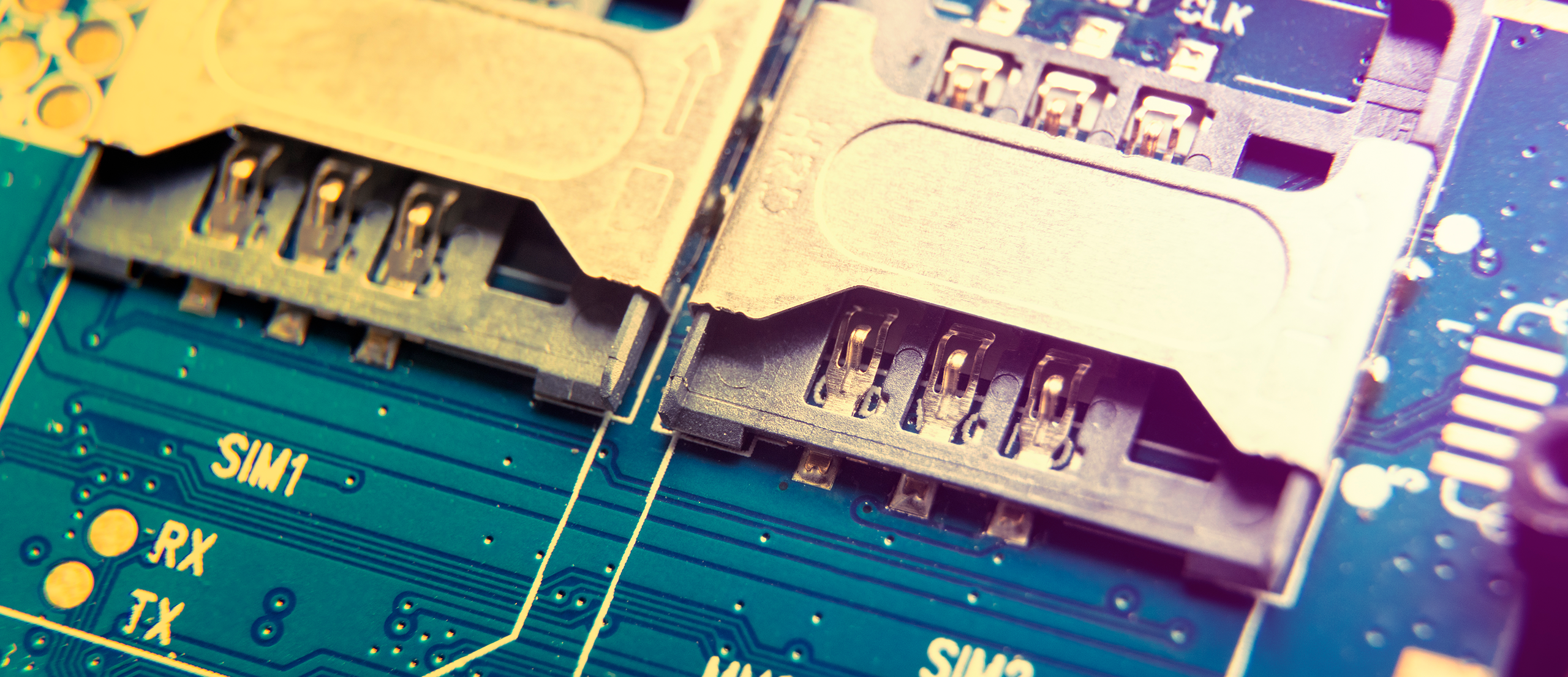What Is an Embedded SIM?
An embedded SIM is a SIM that is built into a device rather than being a removable plastic card. Unlike traditional SIM cards, which need to be inserted into a slot, an embedded SIM is soldered directly onto the device’s circuit board.
Embedded SIMs are widely used in smartphones, tablets, smartwatches, and IoT devices, offering flexibility and improved durability compared to traditional SIMs.
Embedded SIMs are often confused with eSIMs, but they are not the same. According to the official GSMA definition, eSIM is a SIM that can be remotely provisioned, making it possible to switch carriers or network profiles without physically replacing the SIM card. This is enabled by the eUICC standard. Embedded SIMs often include eUICC technology, and in this case they are also eSIMs. But some embedded SIMs cannot be remotely provisioned and are locked into a specific network and mobile profile.
This is part of a series of articles about Subscriber Identity Module





